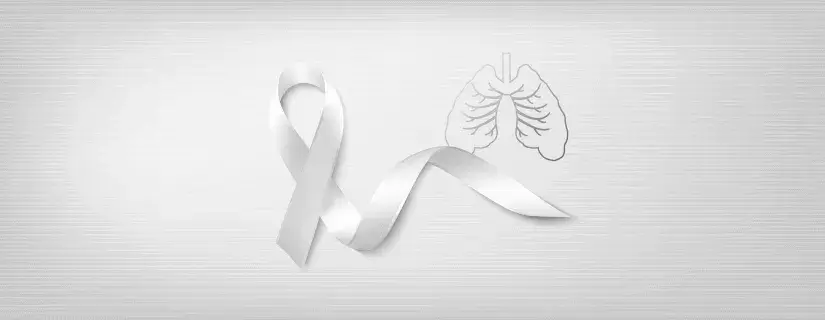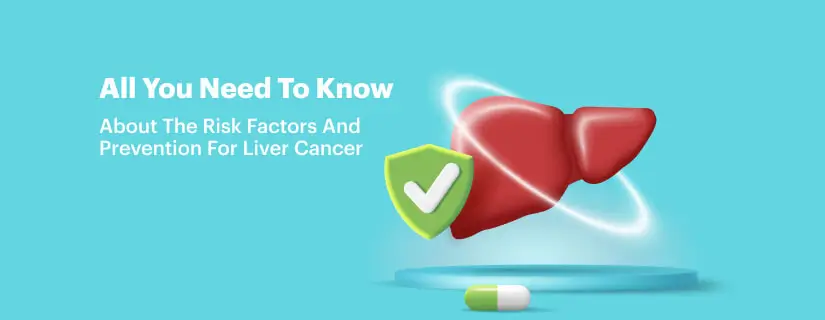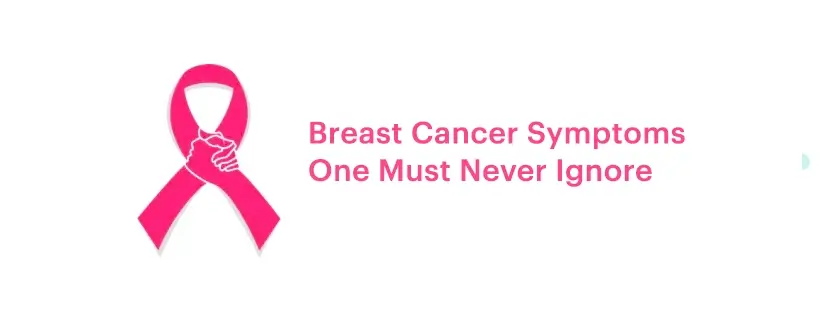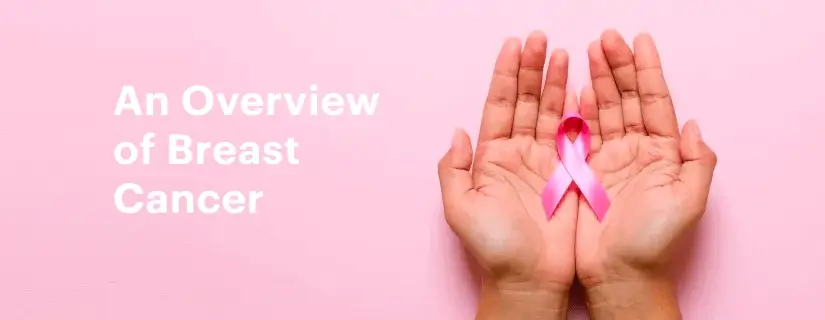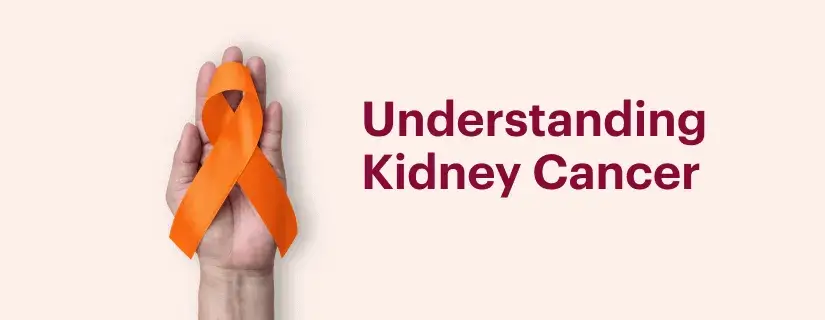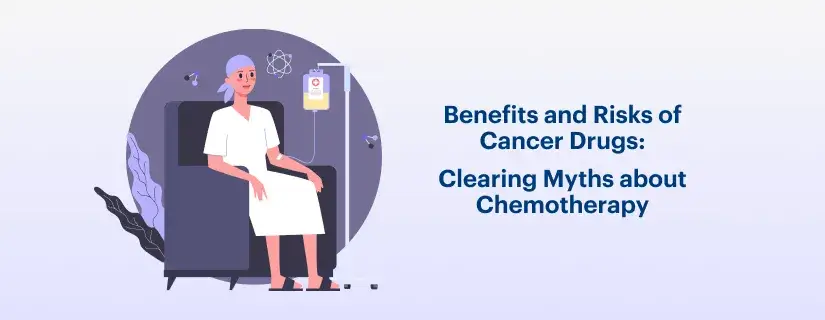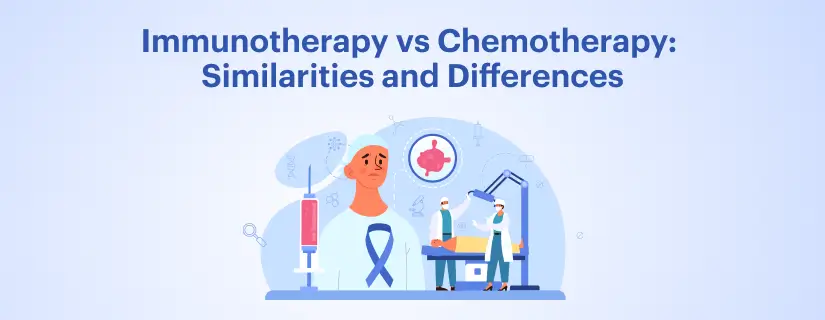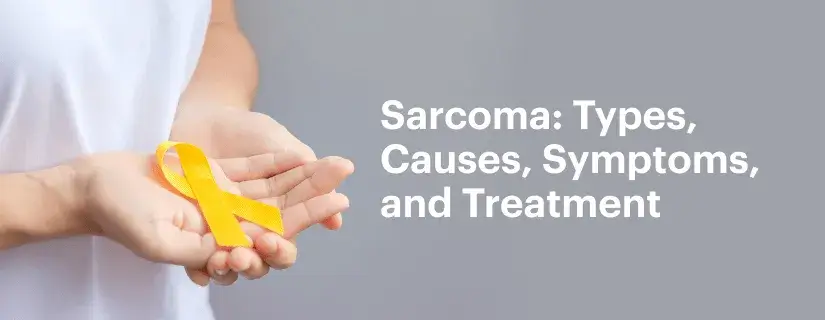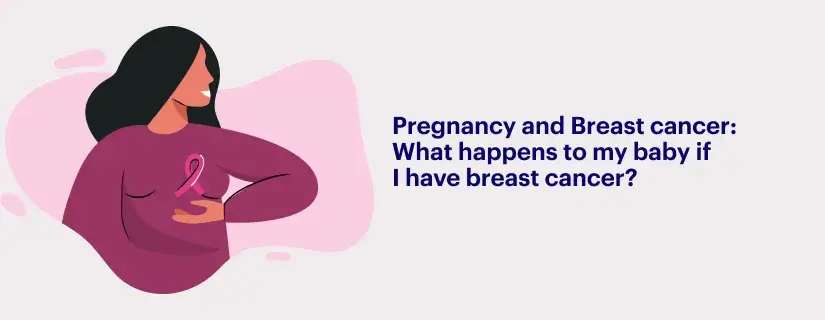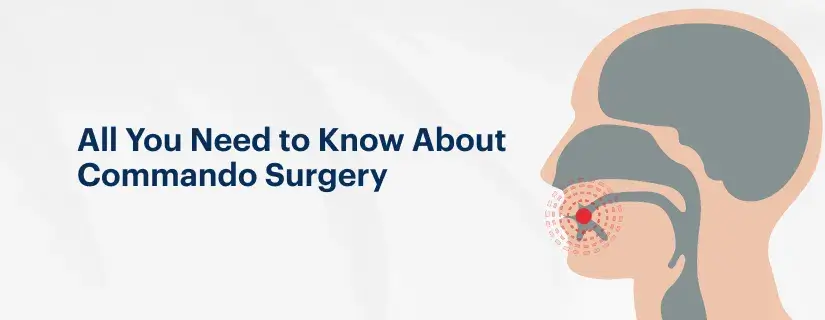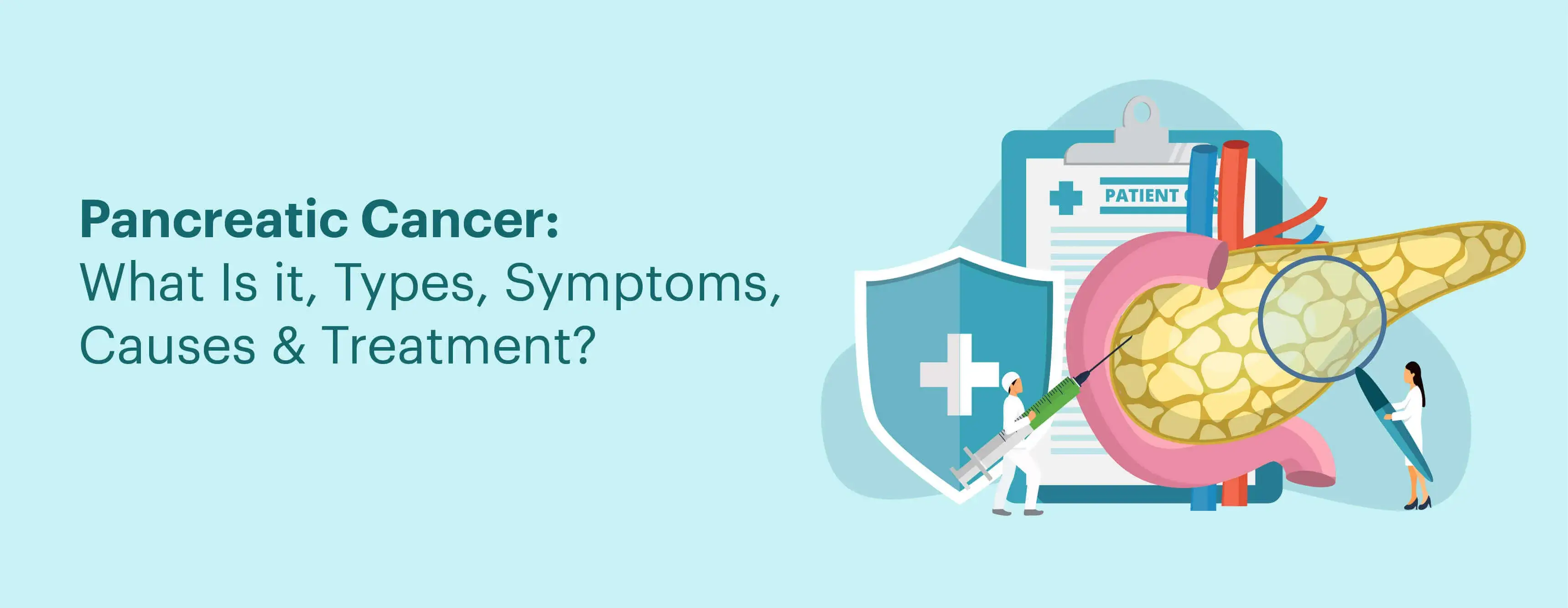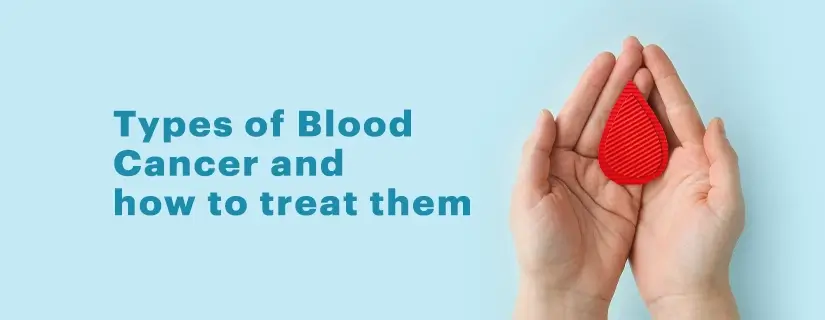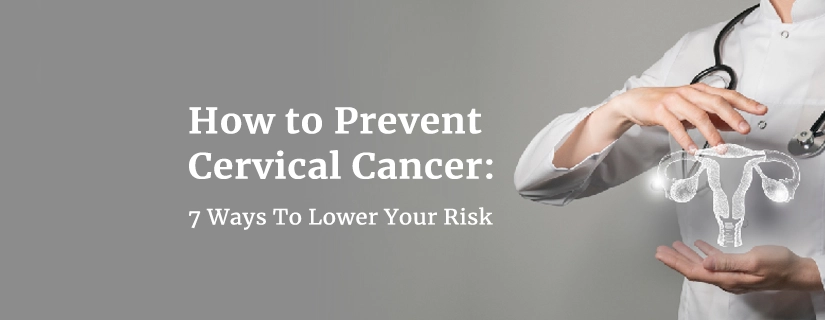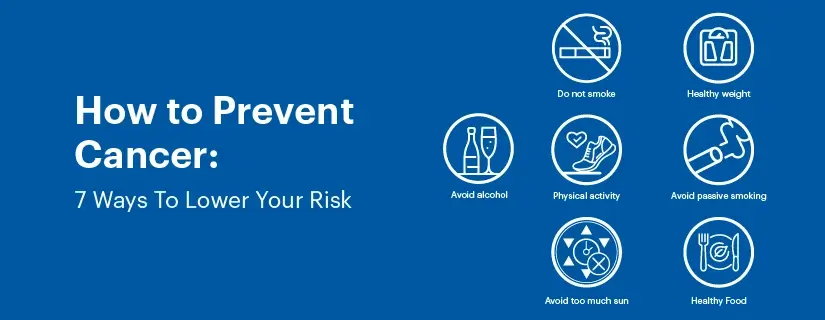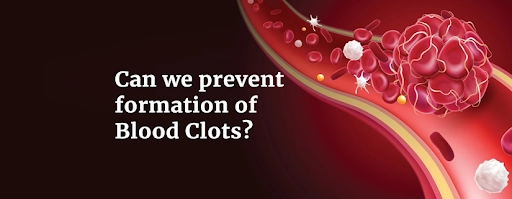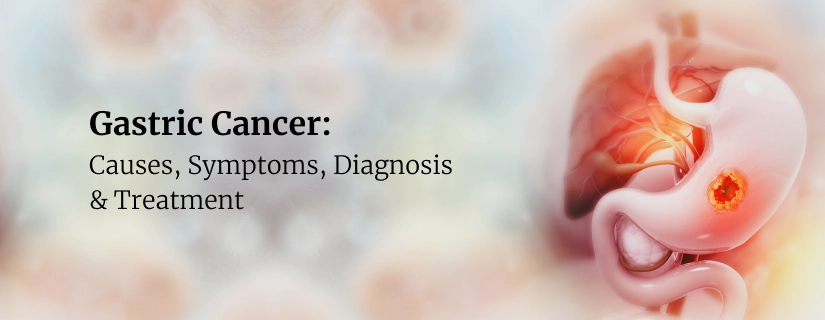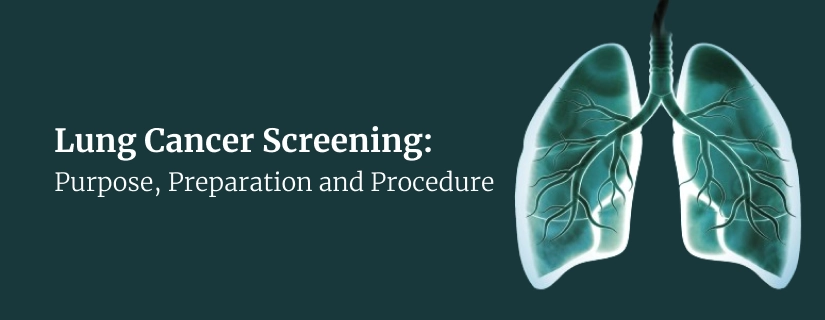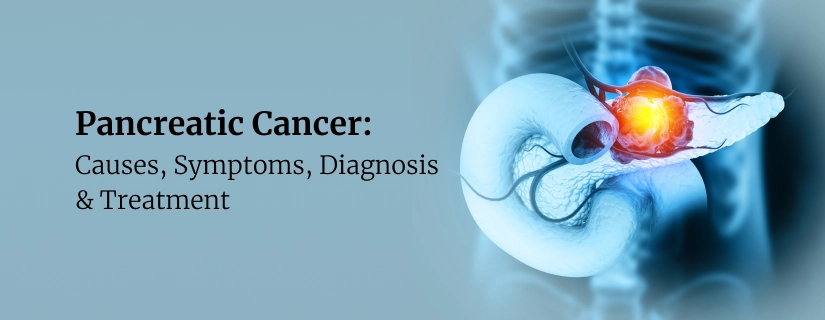-
Doctors
-
Specialities & Treatments
Centre of Excellence
Specialties
Treatments and Procedures
Hospitals & Directions HyderabadCARE Hospitals, Banjara Hills CARE Outpatient Centre, Banjara Hills CARE Hospitals, HITEC City CARE Hospitals, Nampally Gurunanak CARE Hospitals, Musheerabad CARE Hospitals Outpatient Centre, HITEC City CARE Hospitals, Malakpet
HyderabadCARE Hospitals, Banjara Hills CARE Outpatient Centre, Banjara Hills CARE Hospitals, HITEC City CARE Hospitals, Nampally Gurunanak CARE Hospitals, Musheerabad CARE Hospitals Outpatient Centre, HITEC City CARE Hospitals, Malakpet Raipur
Raipur
 Bhubaneswar
Bhubaneswar Visakhapatnam
Visakhapatnam
 Nagpur
Nagpur
 Indore
Indore
 Chh. Sambhajinagar
Chh. SambhajinagarClinics & Medical Centers
Book an AppointmentContact Us
Online Lab Reports
Book an Appointment
Consult Super-Specialist Doctors at CARE Hospitals
Radiation Therapy in Cancer Treatment: All You Need To Know
Updated on 2 January 2020
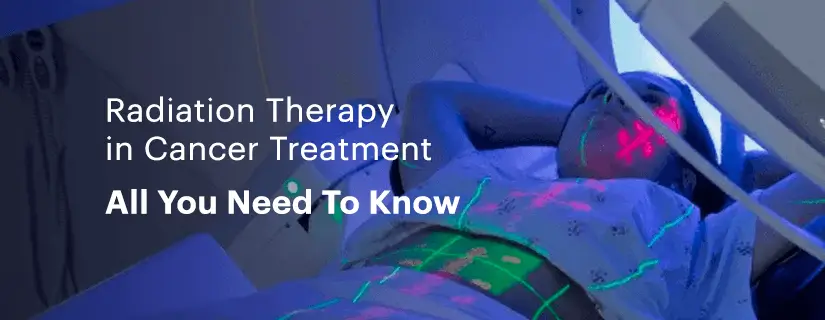
The term “radiation therapy” refers to the process of applying intense radiation beams to kill cancerous cells in the body. It is a type of cancer treatment that uses high-energy beams usually applied with a linear accelerator to kill cancer cells at a precise point inside the patient's body. Although it is mostly done using X-rays, protons or other types of energy can also be used.
Radiation therapy risk factors- damages cells by destroying the genetic material that controls the growth and division of cells. The precise dose and focus of radiation beams to be used in the treatment are carefully planned to maximize the radiation on cancer cells and minimize the harm to surrounding healthy tissue. While both healthy and cancerous cells do get affected by radiation therapy, the goal is to destroy as few healthy cells as possible. Besides, healthy, normal cells can often repair much of the damage caused by radiation.
What is Radiation Therapy?
The term “radiation therapy” refers to the process of applying intense radiation beams to kill cancerous cells in the body. It is a type of cancer treatment that uses high-energy beams usually applied with a linear accelerator to kill cancer cells at a precise point inside the patient's body. Although it is mostly done using X-rays, protons or other types of energy can also be used.
Radiation Therapy Risk Factors:
Radiation therapy damages cells by destroying the genetic material that controls the growth and division of cells. The precise dose and focus of radiation beams to be used in the treatment are carefully planned to maximize the radiation on cancer cells and minimize the harm to surrounding healthy tissue. While both healthy and cancerous cells do get affected by radiation therapy, the goal is to destroy as few healthy cells as possible. Besides, healthy, normal cells can often repair much of the damage caused by radiation.
Why People Receive Radiation Therapy?
Most people with cancer receive radiation therapy as part of their cancer treatment at some stage. Radiation therapy is also useful in treating some non-cancerous (benign) tumors. The doctor may suggest radiation therapy at different stages of cancer treatment for the following reasons:
- As the only (primary) treatment for cancer
- To shrink a cancerous tumor before surgery (neoadjuvant therapy)
- To stop the growth of any remaining cancer cells after surgery (adjuvant therapy)
- To destroy cancer cells in combination with other treatments such as chemotherapy
- To alleviate the symptoms caused by advanced cancer
Risks Involved in Radiation Therapy for Cancer
Cancer radiation therapy is effective in treating cancer but it has some risks too. Depending on the part of the body being exposed to radiation and the quantity of radiation used, the patient may experience several side effects or none at all. Most side effects are temporary, can be controlled and generally disappear over time after the treatment ends.
Common side effects of radiation therapy are hair loss and/or skin irritation at the treatment site, besides fatigue. If the upper part of the body is being treated, then side effects like dry mouth, sore throat, thickened saliva, difficulty in swallowing, changes in the way food tastes, nausea, mouth sores, cough, shortness of breath etc may be noticed.
If the radiation is applied in the lower part of the body, that is from the waist down, the patient may have nausea, vomiting, diarrhoea, bladder irritation, frequent urination, sexual dysfunction etc. In rare circumstances, new cancer (second primary cancer) different from the first one may develop years later. Patients should consult their doctor to know more about the potential short and long-term effects of their particular treatment.
Preparing for the Treatment
What to expect before radiation therapy
At CARE, which is arguably the best cancer and radiation therapy centre in Hyderabad, due diligence is applied in planning the treatment process of radiation therapy, to ensure its success to the maximum possible extent. First, the radiation therapy team will take the patient through a computerized tomography (CT) scans to determine the precise area of the body to be treated. After that, the team would decide what type of radiation to give the patient and in what dose, based on the patient's type and stage of cancer, general health and the treatment goals.
What to expect during radiation therapy
Planning the treatment also includes radiation simulation. During simulation, the radiation therapy team works with the patient to find a comfortable position for them during treatment. As they would need to lie still during treatment, finding a comfortable position is vital. The radiation therapy team will mark the area of the body that will receive radiation.
During the treatment session, the patient is supposed to lie down in the position determined during the simulation session. After that, the linear accelerator machine may rotate around the patient's body to reach the target from different directions and then deliver the precise dose of radiation as prescribed by the doctor. The patient has to lie still and breathe normally during the treatment. To that end, patients with lung or breast cancer might also be asked to hold their breath while the machine delivers the treatment.
Each treatment session lasts usually between 10 to 30 minutes. In most instances, the treatment is spread out over some weeks to allow recovery time for the healthy cells in between radiation therapy sessions. In some cases, a single treatment may be used to help relieve pain or other symptoms associated with advanced cancers.
Results of radiation therapies vary from person to person. In some cases, cancer may respond to treatment right away, in others, it may take weeks or months, and in some rare cases, there may be no response.

ENQUIRY FORM
SELECT CATEGORIES
-
Neurosciences (16)
-
Neurology (37)
-
Neurosurgery (14)
-
Orthopaedics (48)
-
Oncology (33)
-
Obstetrics and gynecology (51)
-
Pulmonology (23)
-
Urology (20)
-
Nephrology (13)
-
Psychiatry (7)
-
Dietetics and Nutrition (111)
-
General Medicine (63)
-
Cardiac Sciences (30)
-
Vascular & Endovascular Surgery and Interventional Radiology (10)
-
Gastroenterology (46)
-
Endocrinology (23)
-
Plastic Surgery (10)
-
Critical Care Medicine (5)
-
COVID-19 (16)
-
Dermatology (16)
-
Emergency Care (1)
-
Ophthalmology (4)
-
Pediatrics (14)
-
Laparoscopic and Bariatric Surgery (8)
-
ENT (15)
-
Kidney Transplant (1)
-
Liver Transplantation and Hepatobiliary Surgery (5)
-
General Surgery (3)
-
Internal Medicine (5)
-
Medicine Information
Various Skin Cancers and their Signs and Symptoms
5 Signs Your Digestive System Is Not Working Properly
YOU MAY ALSO LIKE
RECENT BLOGS
-

Direct Anterior Approach in Total Hip Replacement: Advantages and Challenges
10 April 2025
Read More
-
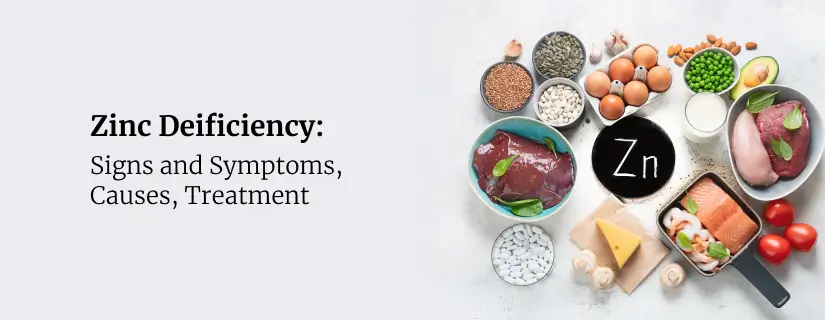
Zinc Deficiency: Signs and Symptoms, Causes, Treatment
9 April 2025
Read More
-
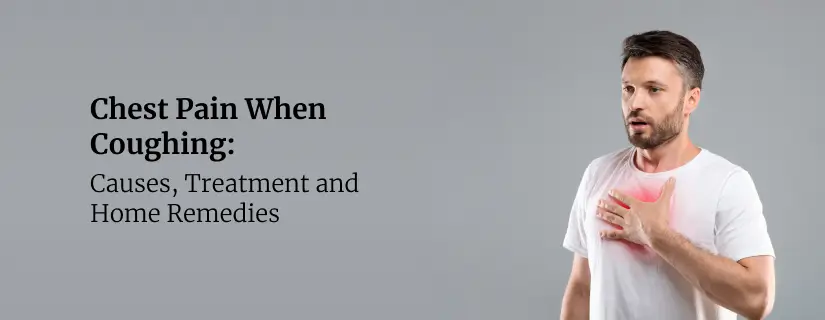
Chest Pain When Coughing: Causes, Treatment and Home Remedies
9 April 2025
Read More
-

12 Health Benefits of Eating Mushrooms
8 April 2025
Read More
-

7 Health Benefits of Blood Donation You Should Know About
8 April 2025
Read More
-

Implantation Bleeding Vs Periods: Know the Difference
28 February 2025
Read More
-

Bloating During Ovulation: Symptoms, Causes and Remedies
28 February 2025
Read More
-

Itching During Dengue: Causes, Treatment and Home Remedies
18 February 2025
Read More
Have a Question?
If you cannot find answers to your queries, please fill out the enquiry form or call the number below. We will contact you shortly.




